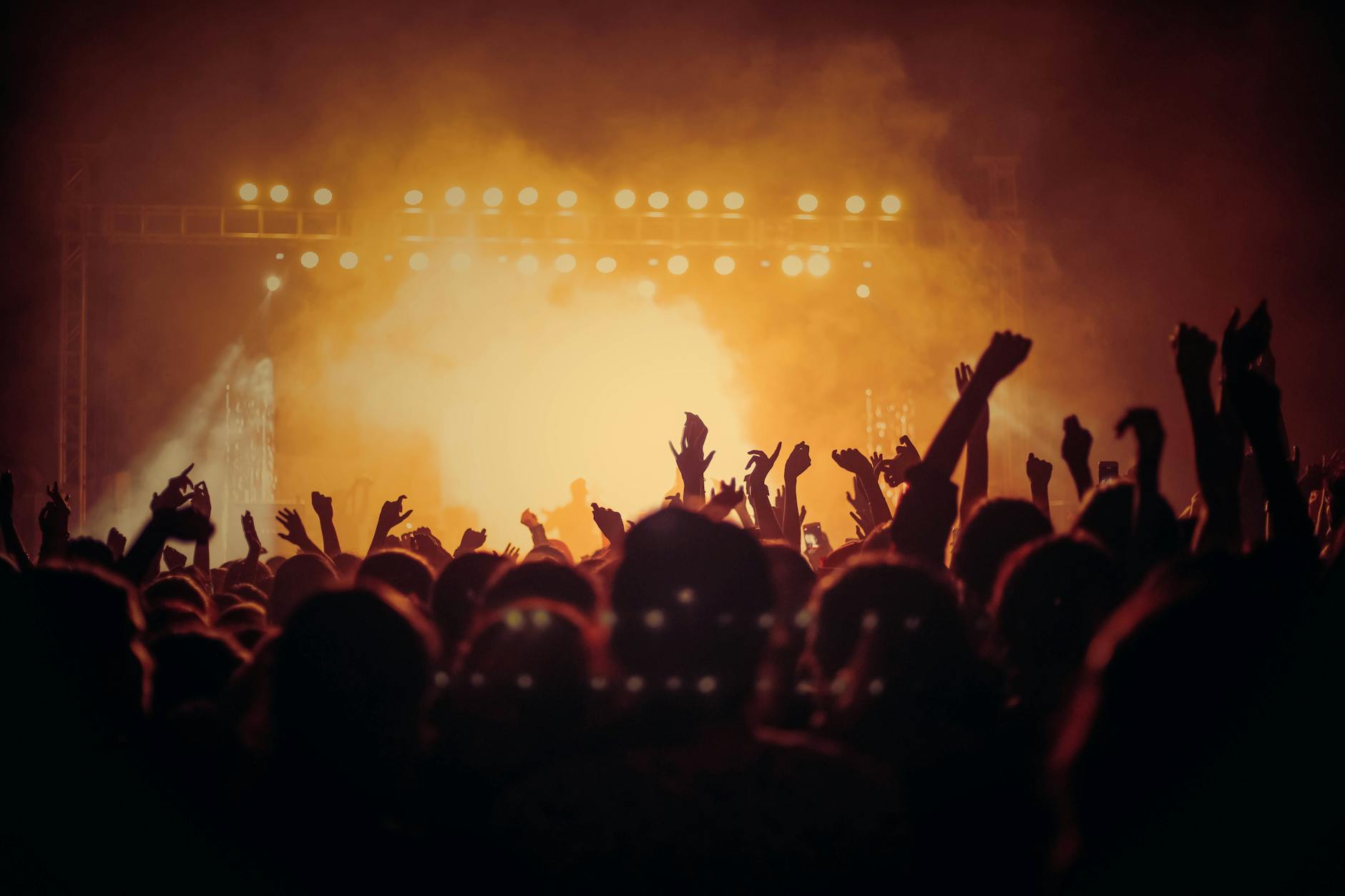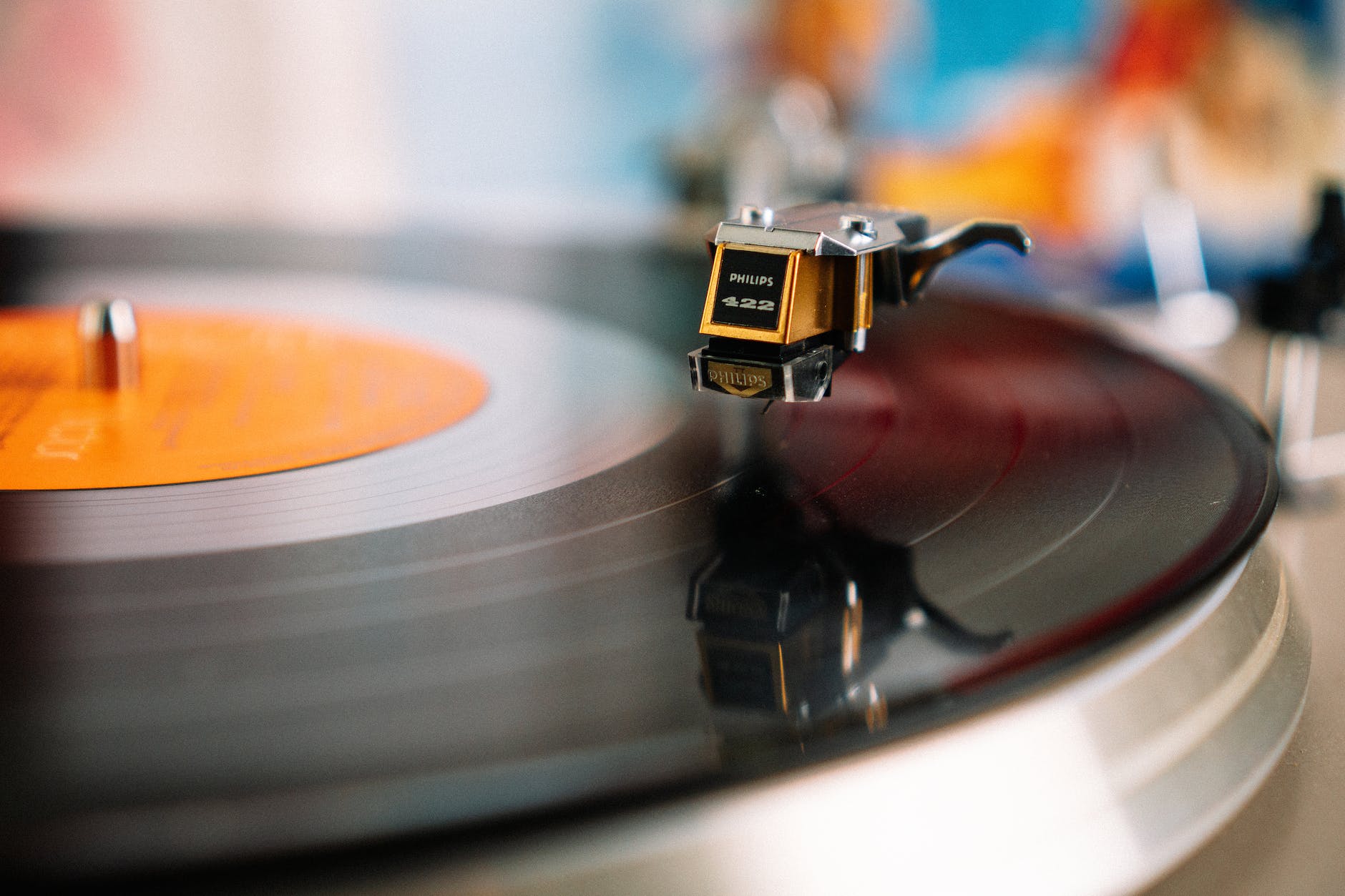As the human mind explored new realms of consciousness in the 1960s and 70s, a era-defining genre was born – psychedelic music. This innovative genre, often characterized by its trippy and distortion-heavy sonics, echoed the free-spirited reckless abandon of counterculture, clashing with traditional mainstream music at the time.
Psychedelic music originated as a reactionary musical expression to traditional genres; it sought to embrace freer forms of musical experimentation, often characterized by distorted instrumentations, extended solos and creative recording techniques. Bands like Pink Floyd, The Grateful Dead, and The Beatles played pivotal roles in expanding the frontiers of this genre.
At the same time, it was not just the sounds that were evolving — psychedelic visuals began to manifest alongside the music, capturing the era’s audacious spirit in a captivating and sensory way. Influenced by hallucinations induced by psychedelic substances, these visuals aimed to create a syncretism of audio-visual experiences, emulating the sensory crossover known as synesthesia.
Psychedelic visuals ranged from surreal paintings and vibrant posters to liquid light shows projected on screens behind bands during concerts. This visual art was not merely an add-on; it was integral to the psychedelic experience, creating a symbiotic relationship between the music and the visuals. Such immersive experiences were the precursors to today’s multimedia art installations and live performances.
Fast forwarding to the 90s, psychedelic music saw a resurgence with the rise of electronic music. Genres like psytrance and ambient took a step further to blend more synthesized sounds with traditional psychedelic music elements. Artists like Shpongle and The Orb revitalized the genre, reintroducing it to a new generation of listeners.
With modern technology, visuals also evolved significantly. Graphic designing software and video editing tools were harnessed to create digital art and animations. The advent of Virtual Reality introduced a whole new dimension to psychedelic audio-visual experiences, providing an opportunity to literally step into an artist’s creative world.
Indeed, the evolution of psychedelic music and visuals is more than an exploration of new sounds and designs: it’s a reflection of societal shifts, a narrative of counterculture movements, and the innate human desire to push boundaries and defy norms. The genre encapsulates a sense of otherworldliness, an escape from reality that both challenges and enthralls.
In recent years, artists like Tame Impala, Pond, and MGMT have successfully brought back the essence of psychedelic music, contributing to its continuous evolution while remaining true to its roots. Innovations in visual art have also kept pace with the music. VJing, or Visual Jockeying – the real-time manipulation and creation of imagery in synchronization with music – is now a prominent feature at concerts, reinforcing the interconnection between psychedelic music and visuals dating back to the 60s.
Psychedelic music and visuals, much like their inception, continue to challenge conventions. Remaining on the periphery yet shaping the mainstream, the genre stands as a testament to the power of creative freedom and experimentation. Whether through melodic exploration or striking visual displays, the psychedelic experience continues to stretch our audio-visual horizons, offering a unique trip into the depths of our consciousness.
To understand the evolution of psychedelic music and visuals is to understand the enduring importance of experimentation, the necessity of societal countercultures, and, essentially, the unending desire of humankind to explore, create, and transcend.







